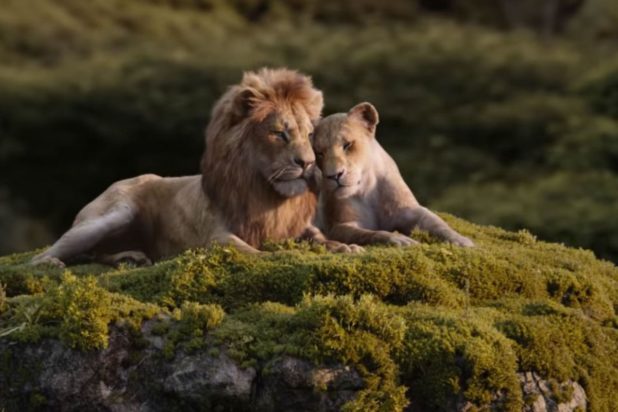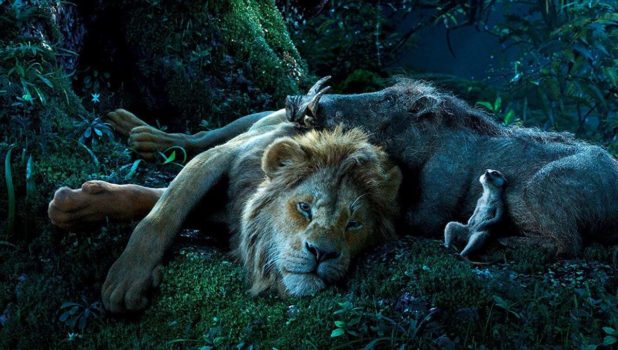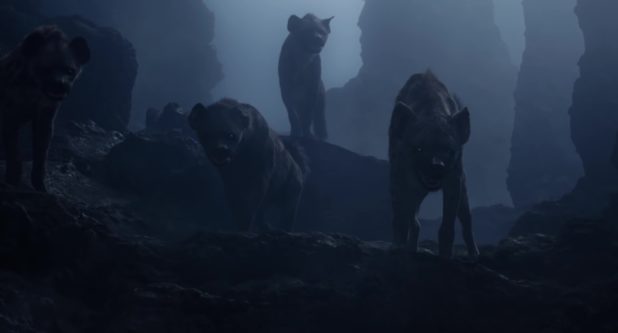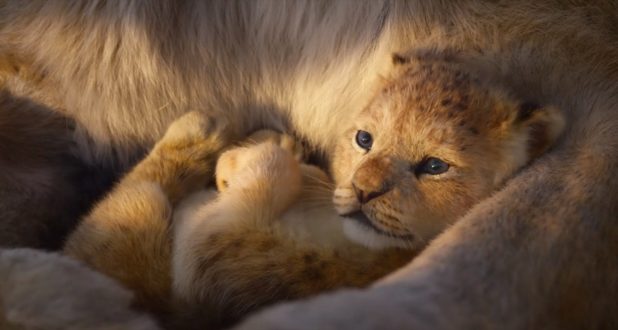Roy Batty
Daily Stormer
October 25, 2019
Wait. An indictment of whomst?
In the wake of the disaster that was the end of apartheid in South Africa, some Afrikaans decided to create a Whites-only town to try and salvage a semblance of civilization in the country and preserve their people.
Unsurprisingly, it didn’t take long for their town to flourish and prosper. Even more unsurprisingly, they are still being hounded by the Jews with their black hyenas in tow.
If we were to use a Lion King metaphor, it would be safe to say that Scar has wrecked Pride Rock after killing Mufasa and then chased Simba to the jungle paradise to wreck that place too.
Hopefully, Simba (AKA white people) have had enough time to go through the necessary character arc and are ready to show down with Scar and his band of defilers.
October in Orania can be charming. When the sun sets, long ribbons of burnt orange settle on the horizon. The flies and mosquitoes that come with the summer’s oppressive heat haven’t arrived yet. It is Magdalene Kleynhans’ favourite time of year. “You can sit outside until late into the night,” says the businesswoman, whose family spends much of their time outdoors. Her children fish from the banks of the Orange River whenever they choose. Kleynhans leaves the house unlocked. “It’s a good life. It’s a big privilege.”
But there is much more to small Northern Cape town than the bucolic ideal painted by Kleynhans. Incredibly, 25 years after the fall of apartheid, Orania is a place for white people only.
Imagine that: lions wanting to live with lions and not wanting to deal with hyenas nipping at their toes and harassing their cubs on the way home from school.
Kleynhans runs one of Orania’s biggest enterprises: a call centre whose business is recruiting and retaining members for Solidariteit, a trade union primarily for Afrikaner workers, and Afriforum, a self-styled “civil rights” movement. Afriforum recently met with US president Donald Trump’s administration and Tucker Carlson of Fox Nows to tell them that Afrikaners are facing a widely discredited genocide. Both have made extensive investments in Orania’s construction boom.
Oranians claim the town is a cultural project, not a racial one. Only Afrikaners are allowed to live and work there to preserve Afrikaner culture, the argument goes.
Yeah, that’ll work.
Scar will be sure to let you off the hook if you use the old 90s-era “culture” argument.
The reality, however, is a disquieting and entirely white town, littered with old apartheid flags and monuments to the architects of segregation. While there are no rules preventing black people from visiting, those who live nearby fear they would be met with violence.
Any time Whites are allowed to live on their own and among their own, there is a threat of a Hitler rising up from amongst them. This is why White communities must be stomped out.
The town has faced numerous calls for it to be broken up over the years, with prominent author and advocate Tembeka Ngcukaitobi arguing its existence violates South Africa’s successful dismantling of racial segregation. “Orania,” he says, “represents downright hostility to the idea of a single, united, non-racial country.”
The feral nigger knows a thing or two about “downright hostility,” let me tell you what.
He and his cousins are starting to circle ’round.
But it’s not all bad news.
The Orania success story is actually a huge white pill.
After three decades as a quiet backwater, Orania is booming. Its population – currently around 1,700 – has doubled over the last seven years. The most recent census estimates growth of more than 10% a year, outstripping most comparable rural towns and more, proportionally, than South Africa’s biggest cities.
White people don’t breed well in captivity.
Put them in a hostile habitat and their numbers decline. Do the opposite, and well…
Orania proves it.
Population growth means a flourishing housing market and construction industry. Neat suburban homes have been joined by new apartment blocks and walkups which sell for as much as R1.5 million (£80,000), putting them on par with comparable homes in Johannesburg. There is an industrial zone of brick and aluminium factories which sell their products around South Africa. China buys most of the pecan nuts.
The growth shows no signs of slowing. A sewage works meant to accommodate 10,000 future residents is in the pipeline. There are designs to transform the town’s humble technical training facility – where many of the skills driving the town’s new construction were taught – into a university.
Not a single brick has been laid by a black worker. In a reverse of the usual situation in South Africa, all low-paying work in Orania – from keeping the town’s gardens to packing the shelves in its grocery stores – is performed by hard-up white Afrikaners. It is increasing numbers of poor labourers, whose tenancy is often less secure and who either rent or rely on subsidies from Orania’s cooperative bank, who are largely behind the town’s growing population.
Incredibly, the citizens of Orania have learned the hard lesson about cheap labor. They’re not going to make the same mistake again by cutting corners and importing an underclass that will overthrow them like what happened in South Africa writ large.
“We are something like the phoenix in the ashes,” he says. “The questions to which Orania is the answer are so fundamental to the structure of South African society that you can’t express and affirm your Afrikaner identity without coming to the conclusion of a bigger Orania.”
Good on them.
If they can hold out long enough for America and the UK to collapse – so that the ZOG military won’t be sent in to stop them – then they’ll be able to take their whole country back, eventually.








